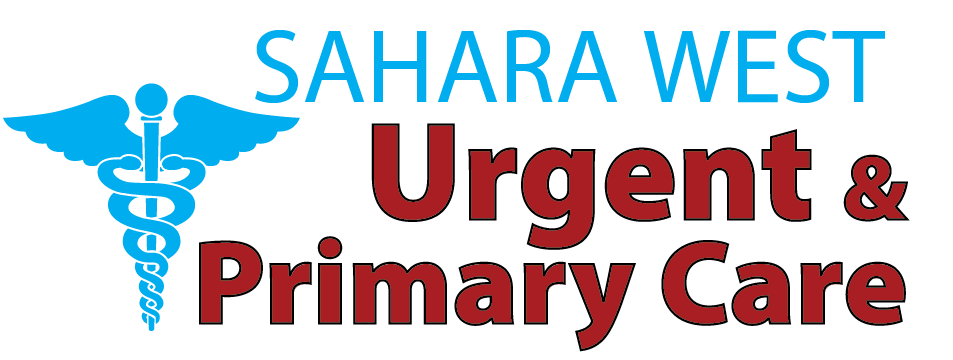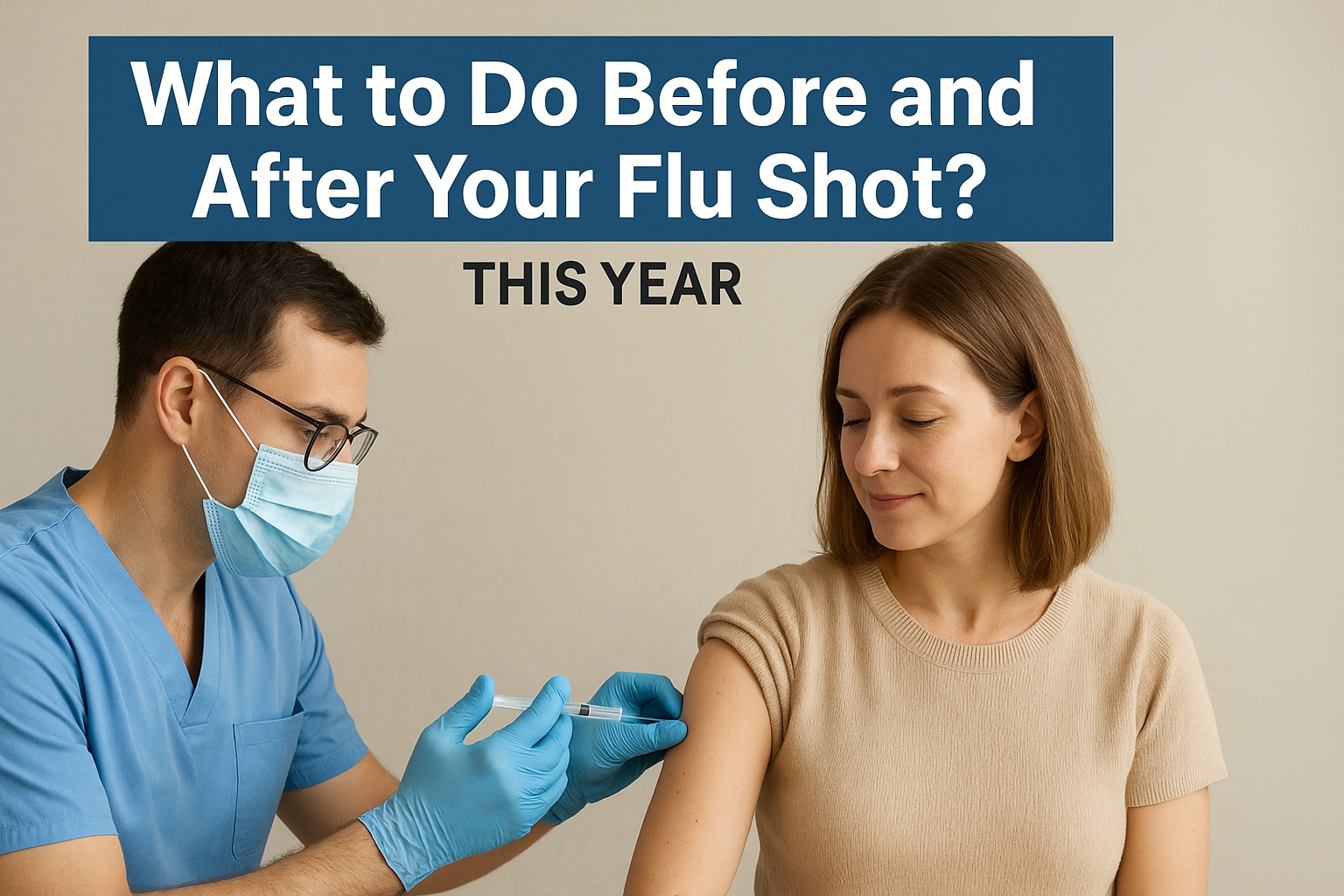The symptoms of sexually transmitted diseases may take numerous manifestations, and in most cases, the symptoms are too subtle to be recognized until a complication occurs. Through knowledge of symptoms in both genders and certain infections, the importance of early detection, testing methods, treatment methods, and empowering informed and proactive care, this guide discusses symptoms of infections among all genders and those specific infections.
What Are Sexually Transmitted Disease Symptoms?
The manifestations of sexually transmitted diseases are physical or systemic symptoms of infection, which are received subject to sexual contact. And symptoms relate to the mechanism of causative pathogen, e.g., chlamydia, gonorrhea, syphilis, herpes simplex virus, and HPV or HIV. Still, they may include abnormal discharge, sore, painful urination, rashes, tiredness, or swollen lymph glands. Although not all infections exhibit symptoms, most of them do have early symptoms, which, once identified, trigger the person to be tested, thereby limiting health risks.
Common STD Symptoms in Men
Urethral discharge and burning sensation
Men jump to feel that there is a discharge that has a white, yellow, or green color coming out of the urethra with burning during urination. These are typical indications of chlamydia or gonorrhea. Even mild symptoms can develop, and a delayed test may result in a kidney inflammation or epididymitis infection.
Genital sores and lumps
Blisters, sore or tiny lumps in the penis or scrotum with herpes simplex or syphilis. Herpes usually makes clusters of painful blisters and syphilis primary makes a firm painless chancre. This requires early identification and diagnosis to help in either using antiviral or antibiotic therapy.
Urinary frequency or pelvic discomfort
Other less prevalent yet alarming symptoms are a frequent need to urinate or general pains or pressure in the pelvic area. Such are possible in case of the infection spreading to prostate or the urinary tract.
Common STD Symptoms in Women
Abnormal vaginal discharge
Women can observe thick, coloured or offensive smelling vaginal discharge which is characteristic of chlamydia, trichomoniasis or bacterial vaginosis. Although the keyword used is sexually transmitted disease symptoms, it is important to note that early detection of discharge will enable a timely medical assessment and treatment of the condition.
Pelvic pain or intermenstrual bleeding
Pain during deep intercourse or after sex or unusual bleeding in the middle of the periods may indicate pelvic inflammatory disease (PID), usually caused by an untreated infection of chlamydia or gonorrhea. When it is untreated, PID can lead to infertility and chronic pain.
Itching or irritation in genitals
There may be continuous itching or irritation (which may go to the vulva or the thighs) with infections such as trichomoniasis or yeast (although yeast is not sexually transmitted). The differentiation between causes implies a professional evaluation of symptoms, swabs and cultures.
Shared STD Symptoms in All Genders
Sores, rashes, and warts
The salient symptoms of some infections such as herpes (painful blisters), secondary syphilis (rash on the palms or bottoms of the feet) and HPV (genital warts) include genital sores or rashes. These sexually transmitted diseases symptoms may differ in look and most of the time indicate transmissible infection.
Flu‑like symptoms, fever, and swollen lymph nodes
Other STDs have no systemic symptoms or just show essential fever, exhaustion, sore throat, or the enlargement of the lymph nodes in the personal area-associated with the task of initial herpes, secondary syphilis, or initial HIV infection.
Unexplained weight loss or night sweats
During the untreated chronic infections- particularly HIV; there are indicators that could appear during the progression of infections such as accidental weight loss, or night sweating.
Infection‑Specific Symptom Profiles
Chlamydia
Often without symptoms-and when present burning on urination and abnormal discharge. When chlamydia is not treated in women, a patient can get PID, and in men, they can be the victims of epididymitis. An early diagnosis makes antibiotic treatment effective.
Gonorrhea
Commonly combined with chlamydia. The illness can exhibit thick mucus in the urethra or vagina, painful defecation in case of rectal colonization, and sore throat in the pharyngeal ones. Without treatment, it can continue to spread and lead to such complications as infertility.
Herpes (HSV‑1 and HSV‑2)
Herpes leads to painful blisters that recur around the anus, genitals or the mouth. Outbreaks caused by the first infection are accompanied by fever, muscle pain or fatigue. The recurrence of lesion also varies in individuals but could be decreased with the help of antiviral medication.
Syphilis
Single sore (chancre) develops as the result of primary infection and is painless. Secondary syphilis can result in rash, mucous membrane and fever or sore throat. When unaddressed, tertiary syphilis can leave the heart, the nerves or other body organs damaged after years.
HPV and Genital Warts
The infections of HPV are mostly without symptoms; some HPV viruses result in cauliflowers shaped warts on the genitalia, rectum or throat. Some of the strains are of high risk as they cause cervical or anal cancer- screening and vaccination are preventive.
HIV (Early Signs)
Flu like features frequently develop in acute HIV infection: fever, sore throat, swollen glands, rash. These symptoms are easily confused with other viruses, as well. HIV impairs the immune system over the time without treatment.
Why Early Recognition of Symptoms Matters
Early detection of the symptoms of sexuallytransmitted diseases may prevent the manifestation of severe complications like reduction in fertility, persistent pelvic pain, nerve damage, or vulnerability to HIV. It also lowers the risk of passing the infection to partners. Diagnosis made early provides the opportunity of early treatment, lifestyle interventions, and partner notification.
When to Seek Medical Evaluation
When you experience any such symptoms as genital discharge, sores, burning during urination, abnormal bleeding, rashes, unusual fatigue, and fever after unprotected sex or sex with a new partner, you need to get medical attention. Even coming through with no symptoms following hazard exposures could be a reason to have to screen-many infections are not symptomatic but still contagious.
Where and How to Get Tested
The testing may be performed at community centres, sexual-health clinics or primary-care offices. Examples of tests are urine samples, swabs (vaginal, urethral, throat, or rectal), blood tests and Pap smears (HPV). Confidential or anonymous screening is offered by a lot of services, and most clinics offer bundled panels of tests addressing chlamydia, gonorrhea, syphilis, HIV, and others.
Prevention and Safer‑Sex Practices
Proper and regular usage of condom would drastically cut the risk of getting most STDs. HPV and hepatitis B can be prevented with vaccination. The risk of exposure can be lowered by implementing mutual monogamy or by having fewer sexual partners. It is vital to communicate openly with partners about testing and status particularly with a partner before sex. Avoid sex while you have symptoms or wait on test results.
Managing Life with a Diagnosed STD
A lot of STDs can be treated or under control. Chlamydia, gonorrhea and syphilis are cured by antibiotics. Antiviral drugs interfere with herpes of HIV infections. Take full courses, act the way your healthcare provider tells you to, inform partners, and follow up. Diagnosis stress can be coped with through psychological and emotional support, such as counselors or a group of people who have their own support systems.
Emotional and Psychological Impact
Receiving a positive STD Test Las Vegas diagnosis can be a source of worry and anxiety, stigma and guilt. Identifying your mental health has to be a priority: work with a reliable counsellor, join evidence-based peer support groups or seek out patient advocacy resources. Creating acceptance and certainty about treatment and partner interaction promotes well-being and better results.
Treatment Options and Follow‑Up Care
Antibiotics regimens such as azithromycin or doxycycline (chlamydia), ceftriaxone (gonorrhea), penicillin (syphilis) and antivirals such as acyclovir or valacyclovir (herpes) are used as standard treatment. There is a follow-up testing that clears it up and aids in the prevention of reinfection. Testing and treating of partners is essential in avoiding cycles of transmission.
Conclusion
Knowledge of the symptoms of sexually transmitted diseases will help you take timely responsive actions and preserve your own and your partner lives. You may consider to endeavor screening in case you observe any of the symptoms or even the absence of symptoms. Demand testing, adhere to treatment regimes, use safer sex and speak openly with partners. Sexual health is self-care: act now. To schedule your appointment with the highest standard of care, visit Sahara West Urgent Care on our website, where you can also explore more informative blogs.
FAQs
Can sexually transmitted disease symptoms appear months later?
Yes. Some STDs like syphilis or HPV may not produce symptoms for months or even years, but can still be contagious.
Are symptoms always noticeable?
Many infections—especially chlamydia or HPV—are silent. That’s why routine testing based on sexual behaviors is important.
Will symptoms resolve without treatment?
Some mild symptoms may fade temporarily but the infection remains. Without proper treatment, serious health consequences can develop.
Do genital warts mean cancer risk?
Most HPV-related warts are low‑risk types, but screening helps identify high‑risk strains that may lead to cervical or anal cancers.
Should partners always be informed?
Yes. Notifying partners ensures they can get tested too, reducing risk of reinfection or onward transmission.





